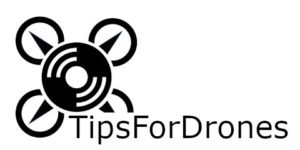There are a number of important factors to consider when choosing a drone for traveling or backpacking. So, before you rush to buy the best-looking or cheapest drone, think about your requirements and where you want to use the drone.
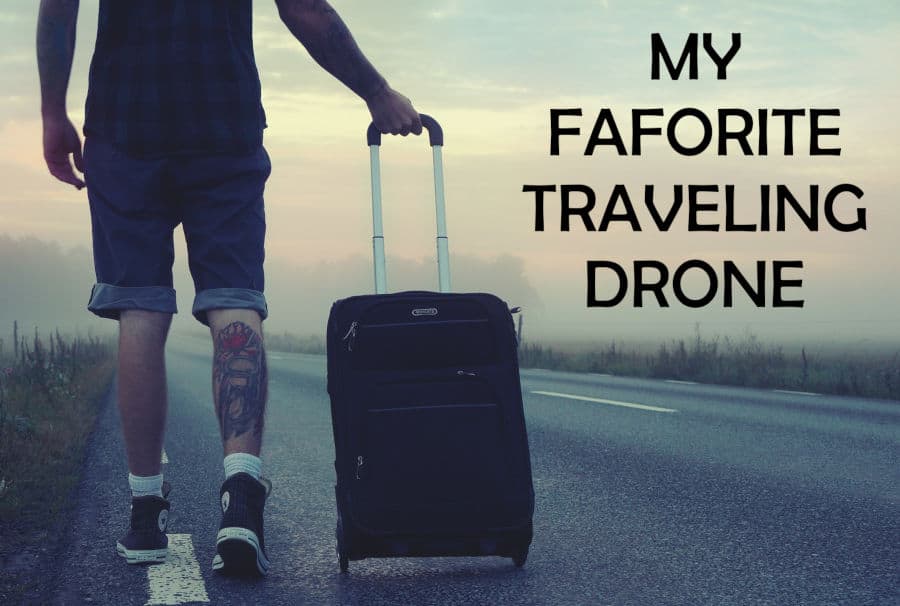
The most important takeaway from this article, I believe, is that I strongly encourage you to not purchase a drone under $200. I tested multiple low-priced drones while trying to save a buck and they just aren’t very good. I bought a cheap one, but it just didn’t have enough power, and the flying time was only a few minutes. If you fly in some wind, the drone can’t hold its position and so it is not fun to fly with these kinds of drones.
What do you want to do with the drone?
I want to take some good photos and videos of my trips. My requirements for a travel or backpacking drone are that it is easy to transport; has a small packing volume; and a low weight. The drone must be able to hold its position and have good flight characteristics. The flight time should be between 15 and 20 minutes. There is often wind during my travels when I want to fly my drone. Therefore, the drone should have enough power to deal with the wind.
Why do I recommend the DJI Mavic Air?
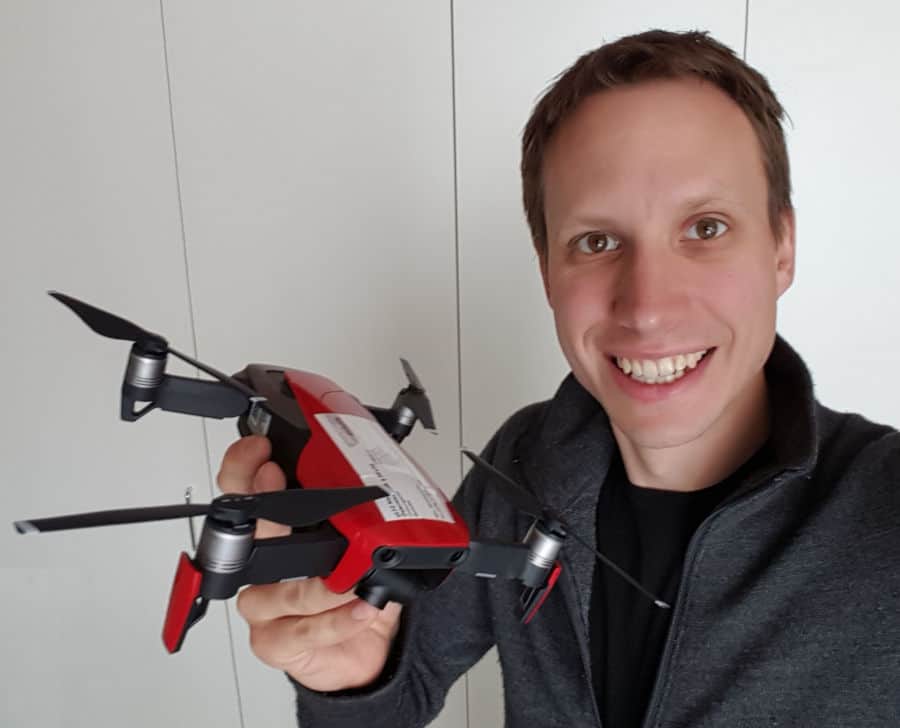
After considering more than two dozen different drones, I decided to buy the DJI Mavic Air* for traveling and backpacking. For me, it’s the perfect balance of price, quality and weight. It has many of the features of the high-end drones such as obstacle avoidance and a three-axis gimbal. I’ve been really happy with it.
The DJI Mavic Air has a foldable rotor arm and therefore a very small packing volume, which is perfect for backpacking and traveling by plane. The flight characteristics are amazingly good and with a maximum speed of 40 mph (68 km/h) it has enough power to deal with wind up to 25 mph (45 km/h). The flight time in the sport mode is up to 15 minutes. The 12 MP images are enough for good pictures and for great videos the three-axis gimbal is fantastic.

How much do you want to spend?
I do not want to spend more than $1000, and because I have had bad experiences with cheap drones, I don’t recommend buying a drone under $200. In this price range, I want the best flight characteristics at the lowest packing volume.
The DJI Mavic Air has a folded volume of 22 oz (0.68 l) and weighs 0.95 lbs (0.43 kg). Three additional batteries have a total weight of 1 lb (0.45 kg) so my total equipment including the remote control has a weight of about 1.2 lbs (1 kg).
Which additional parts do you need?
Especially when traveling, you often do not always have the opportunity to charge the drone immediately. Because of this, extra batteries are really a must. I myself bring three batteries and get along fine with that. For charging, I use a power bank. Even if a propeller is broken, you do not want to cancel your backpacking tour. So, I always have a set of propellers and the appropriate tools with me.
I do not use a propeller guard, but I would recommend one for learning to fly drones.
Flight modes for traveling or backpacking
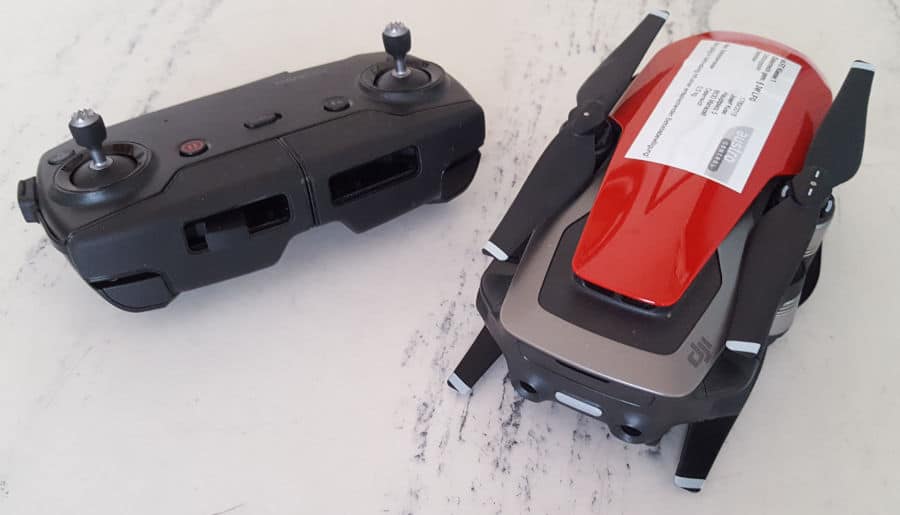
The DJI Mavic Air has a variety of flight modes that you can use for really good videos. These are predetermined flight routes where the drone takes a video. For example, the drone can fly around an object, keeping the altitude. If you want to fly such a circle manually, it really takes a lot of practice to perform a movement evenly.
Brand new is the flight mode Asteroid. The drone flies upwards and then shoots a 360° panorama. In the video animation you can see the earth as a ball (from the 360° panorama) in which the camera flies up to you.
Especially with backpacking, the tracking mode is really nice. This can also be combined with other flight modes.
Features
Two features really surprised me. These are Visual Inertial Odometry (VIO) and the Advanced Pilot Assistance System (APAS).
The drone uses VIO systems to ensure accuracy and support flight in complex environments and when flying indoors.
The APAS does not simply stop the drone from hitting an obstacle. It calculates an alternative route and continues to fly safely. This may take some time because the drone has to explore the area around it.
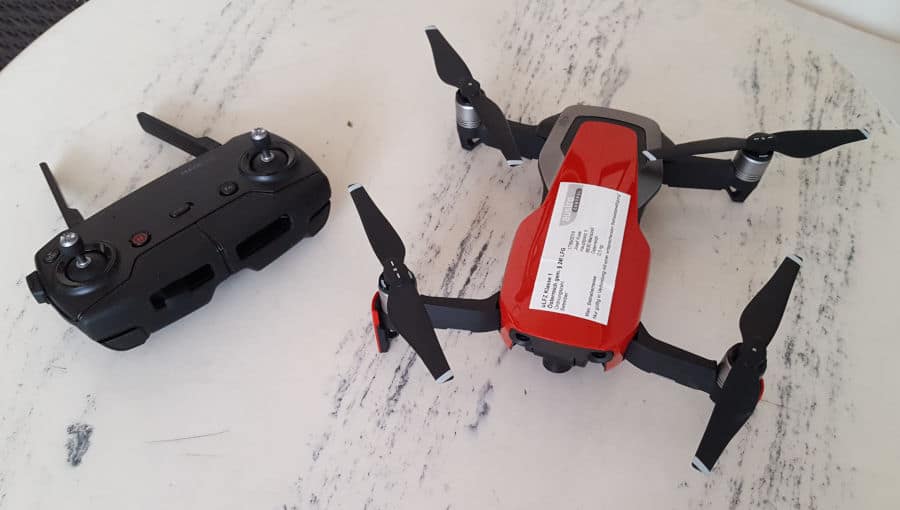
What I never use
Something I never use is the gesture control. The drone is thereby controlled by hand movements. This works really well on a bright cloudy day. The algorithms of the DJI are really outstanding. The risk, however, is too high for me to lose the drone by a misinterpreted shadow of a movement.
What about high-end travel drones?
For me it is important that the drone requires little space and does not weigh much. High-end drones like the DJI Mavic 2 Pro usually have a much larger pack volume and weigh more. For example, the Mavic 2 Pro weighs 2 lbs (900g) and has a minimum packing volume of 54 oz (1.6 l).
Of course, the image quality with the Hasselblad camera of the DJI Mavic 2 Pro is better. However, you notice this only in really poor lighting conditions or if you want to print the image considerably larger.
Here is a comparison of different drones, including their weight, and folded volume.
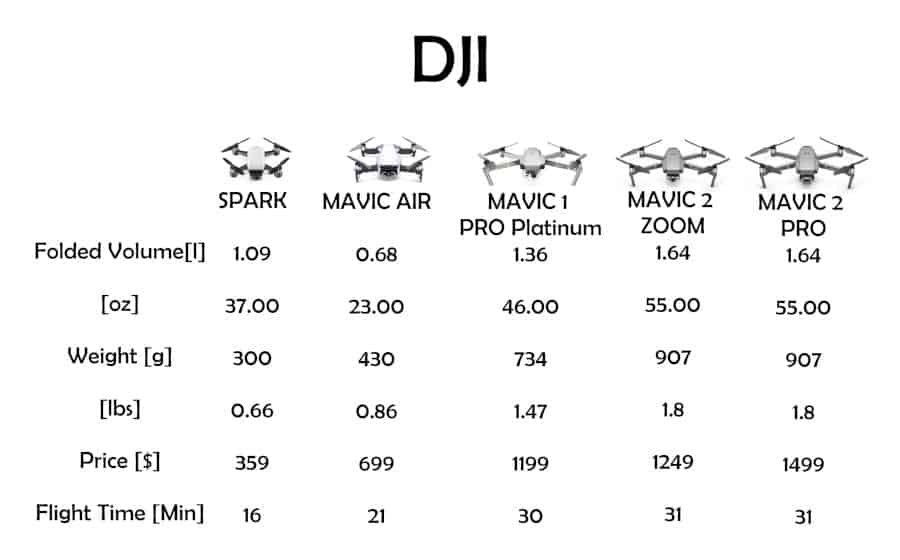
Conclusion
When choosing the right drone, you should pay attention to your requirements. Do you really need the high resolution of a professional camera? How much wind do you want to fly? Where do you want to take the drone with you? How much money do you want to spend? You should ask yourself all of these questions before buying a drone and I hope my article .
*Affiliate Link to Amazon
